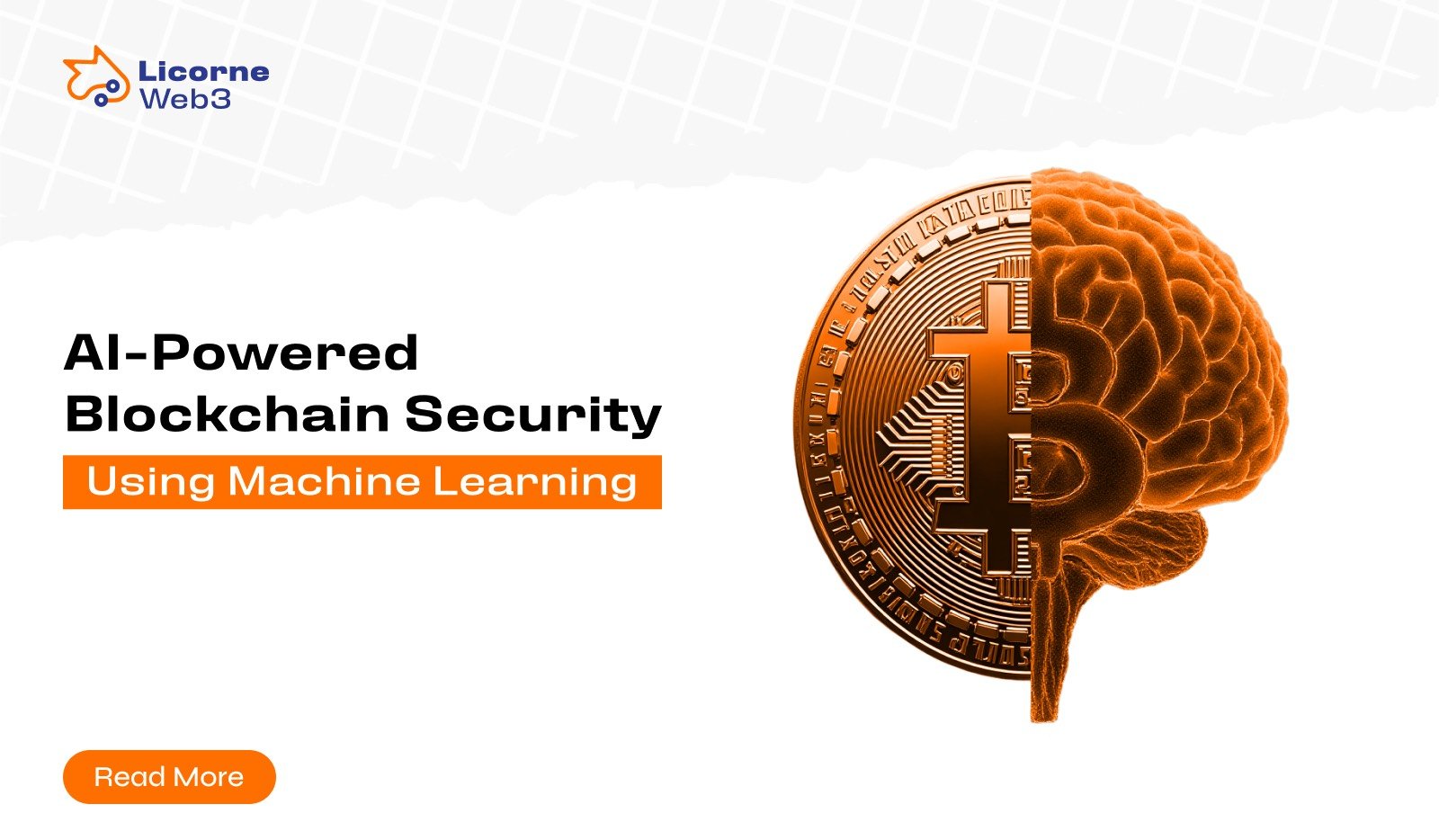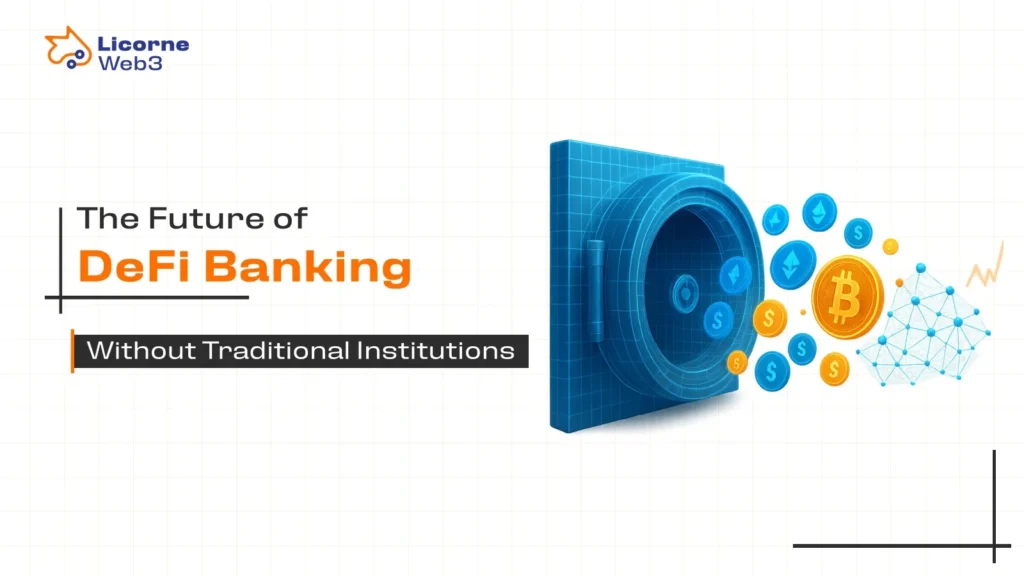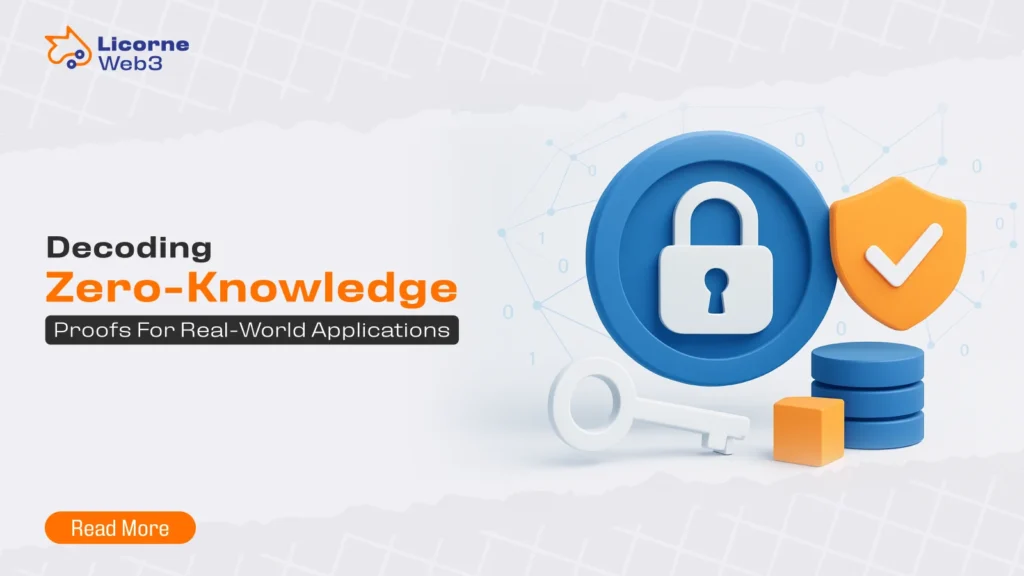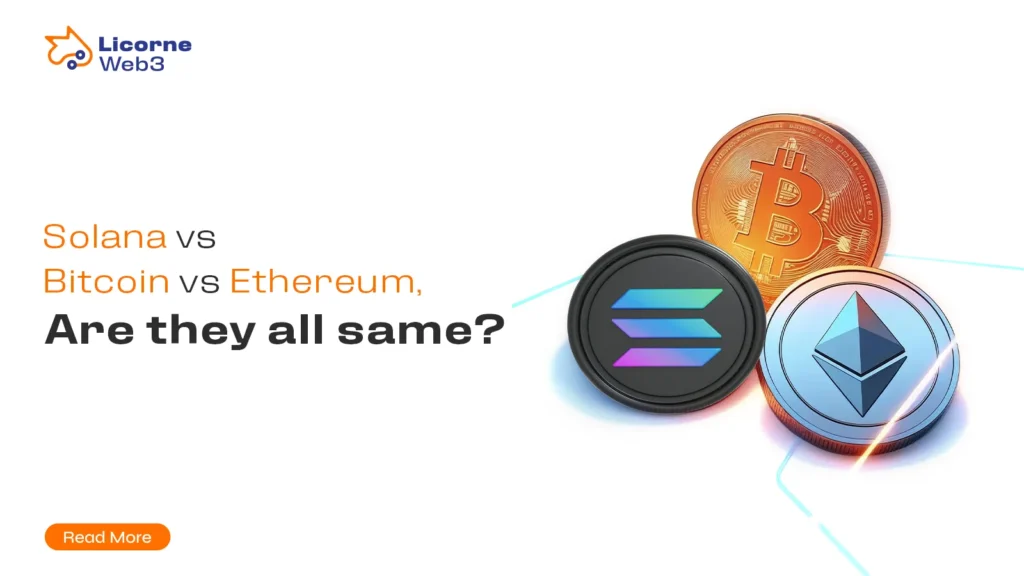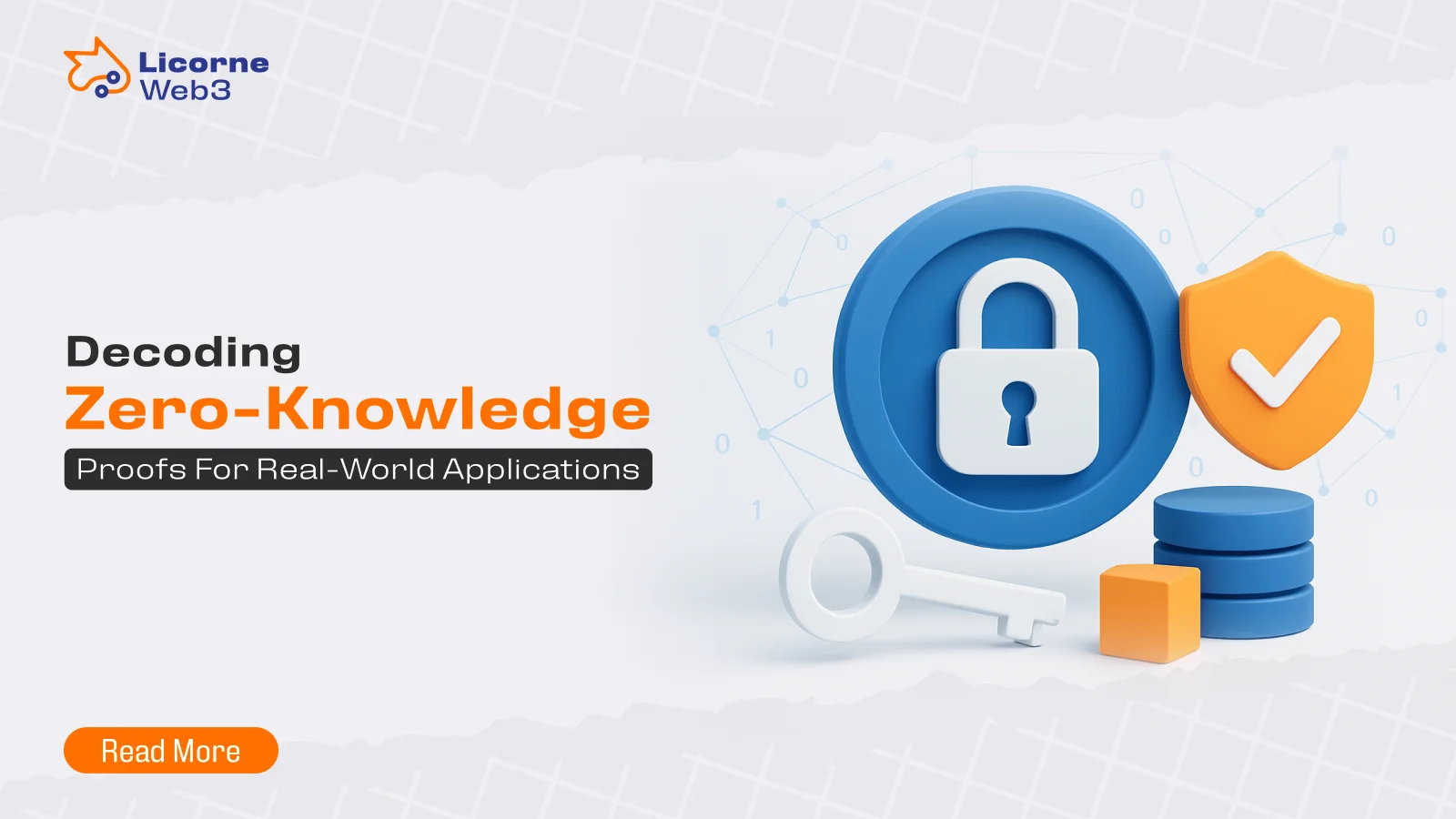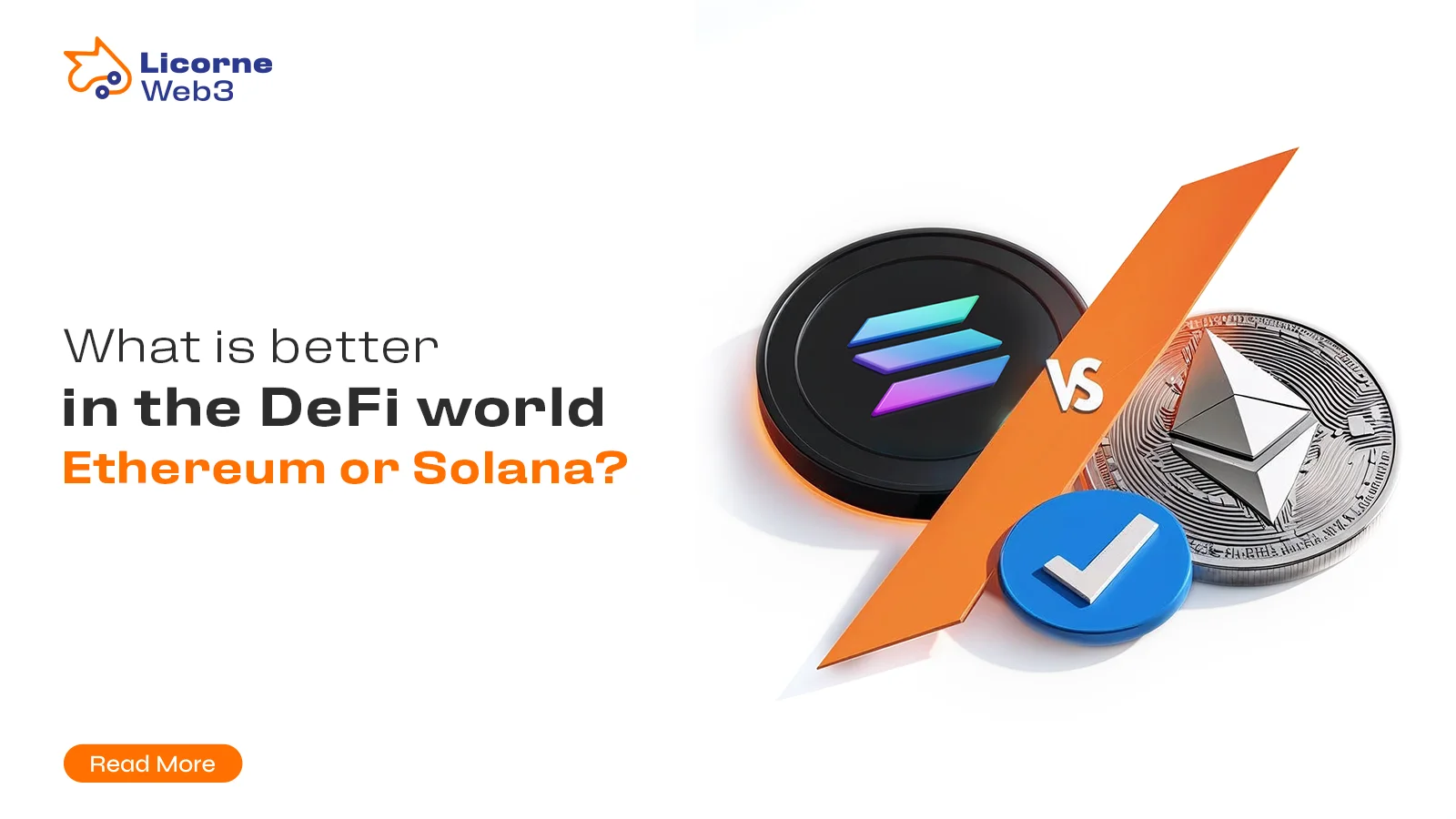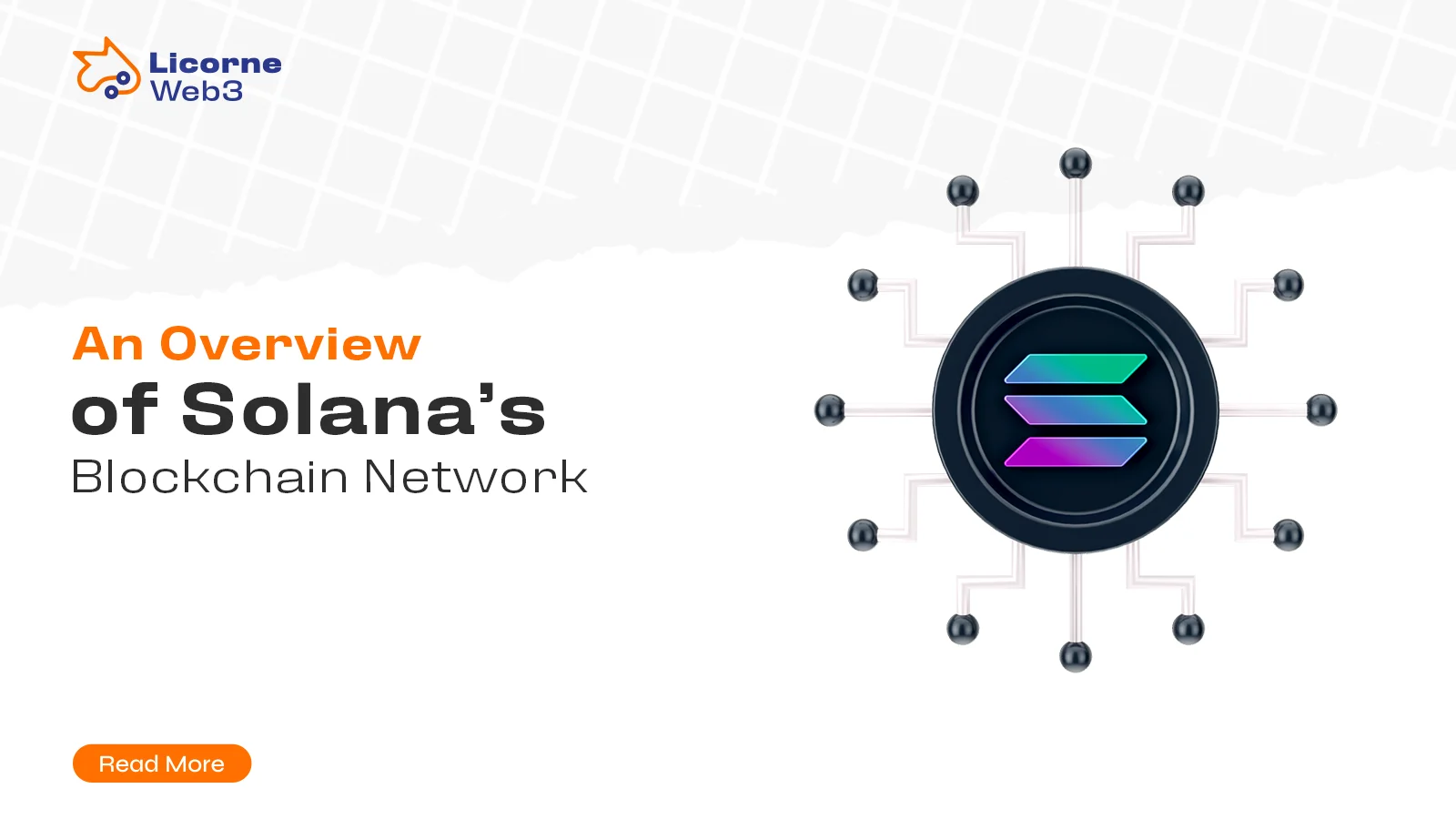The fast-growing execution of blockchain techniques throughout regions, including finance, supply chain management, gaming, and decentralized applications, gives blockchain its dual status of transparent security while making it more susceptible to fraudulent activities. The open transparency enabling blockchain technology to establish digital trust through immutability makes networks susceptible to highly advanced threats and illicit activities. The security measures built on cryptographic encryption and consensus algorithms respond after attacks occur because they cannot effectively shield against emerging complex attack methods, such as market manipulation or flash loan attacks. The expanding risk territory necessitates intelligent, proactive defensive measures. Next-generation blockchain security uses machine learning models to process large on-chain data, detect suspicious activities, forecast smart contract vulnerabilities, and identify phishing and fraud schemes while providing network protection in real time.
This guide examines AI’s transformative impact on blockchain security while discussing leading AI-powered blockchain technology solutions in this field alongside projected advancements in this synergistic approach.
The Growing Need for AI in Blockchain Security
With billions in value moving through financial transactions, smart contracts, and DeFi platforms, attackers constantly find new vulnerabilities to exploit, including illicit funds transfers and governance attacks. AI brings speed, scale, and adaptability traits that traditional security tools lack in this rapidly evolving blockchain landscape. Machine learning models can analyze vast transaction histories, detect suspicious activities, and flag suspicious transaction sequences across decentralized and public blockchains in real time, offering valuable insights into potential risks and enabling better risk management.
Limitations of Traditional Blockchain Security
While blockchain is secure by design, several weaknesses persist:
- Smart Contract Vulnerabilities: Code bugs (e.g., reentrancy, integer overflow) lead to exploits in self-executing contracts.
- Sybil Attacks: Attackers create fake identities to manipulate governance.
- 51% Attacks: A single entity gains majority mining power (e.g., Ethereum Classic attacks).
- Flash Loan Exploits: DeFi protocols drained via uncollateralized loans.
- Phishing & Rug Pulls: Fake tokens and malicious smart contracts.
Traditional security relies on signature-based detection, which fails against zero-day exploits and novel attack vectors, leaving blockchain networks vulnerable to sophisticated threats.
Why AI is a Game-Changer
AI introduces a new era of predictive and adaptive security in blockchain technology by leveraging machine learning to stay ahead of emerging threats. It does so by:
- Learning from historical attack patterns, such as previous DeFi exploits
- Detecting real-time anomalies, including irregular transaction behaviors
- Continuously evolving through adaptive models that improve with new data
According to a 2023 report by MarketsandMarkets, the AI in blockchain market is projected to grow at a CAGR of 23.5%, reaching $1.2 billion by 202, a testament to the rising demand for intelligent, automated security solutions in the Web3 space
How AI and Machine Learning Enhance Blockchain Security
AI and ML bring intelligence to blockchain security by analyzing vast on-chain data in real time. They enable proactive threat detection, helping systems adapt and respond faster than traditional security methods.
Real-Time Anomaly Detection
AI-powered systems can continuously scan blockchain networks to identify suspicious activity as it happens. By analyzing a wide range of data points, machine learning models can detect threats that would otherwise go unnoticed.
- Transaction Pattern Analysis: AI monitors for unusual activity such as sudden spikes in transaction volume, irregular gas fee usage, or rapid fund movement between wallets, often signs of front-running, wash trading, or exploit attempts.
- Wallet Clustering: Machine learning can group related addresses to detect coordinated behavior, such as bot-driven manipulations or interactions with known malicious wallets.
- Behavioral Biometrics: AI can assess user behavior, flagging anomalies like changes in transaction timing or frequency, potential indicators of compromised private keys, or hijacked wallets.
In DeFi platforms, AI can automatically detect and flag front-running bots that exploit arbitrage opportunities by analyzing transaction sequencing and timing, thereby preventing manipulation and protecting users’ funds in real time.
Smart Contract Vulnerability Scanning
AI technology enables users to obtain both enhanced and accelerated blockchain security results during smart contract inspection processes. AI detection tools scan an unprecedented number of smart contract vulnerabilities and potential attacks throughout self-executing contracts, offering better effectiveness than human intervention or traditional detection methods.
- Static Analysis: Slither, alongside MythX and Securify, provides code scanning capabilities that detect reentrancy vulnerabilities and integer overflows, and access control weaknesses in smart contracts without running code operations.
- Dynamic Analysis: AI conducts real-world attack simulations of deployed contracts to watch while they operate under pressure to discover weaknesses beyond what static analysis methods identify.
- Deep Learning Models: Security systems use previously detected patterns from historical vulnerability and exploit data to identify patterns in modern obfuscated and new code.
Case Study: Before release, CertiK’s AI-powered blockchain forensics audit system found a significant reentrancy weakness in a DeFi product, which would have permitted attackers to steal $3 million worth of assets. The system detected smart contract vulnerabilities during deployment through automated intelligence and machine learning techniques, which potentially could have caused a $3 million loss, showing how proactive technology enhances blockchain security and provides major exploit prevention.
Predictive Threat Intelligence
The predictive analytics capabilities of AI identify forthcoming security breaches before they happen. AI models maintain continuous monitoring of various data resources through analysis to observe attack warning indicators, which enables them to take preventive actions.
- On-Chain Metrics: AI analyzes token movement patterns that include sudden transfers of unexplained large amounts, as well as uncommon liquidity movements and wallet activity changes. The indicators reveal signals that warn about impending large-scale attacks or exploitation attempts.
- Dark Web Chatter: AI scans hacker forums, dark web marketplaces, and other underground channels where attackers often discuss vulnerabilities, exploit tools, or coordinate future attacks. This intelligence helps preempt malicious actions.
- Historical Attack Patterns: Machine learning models accept historical attack datasets to learn pattern recognition in blockchain operations, which enables them to foretell future attack methods in developing protocols.
Example: In 2023, AI models were able to predict the Euler Finance hack by detecting unusual lending activity and liquidity movements, which pointed to potential exploits in the platform’s smart contract logic. This early warning allowed for increased monitoring and mitigation efforts.
Fraud and Phishing Prevention
AI plays a crucial role in identifying and mitigating scams across the blockchain ecosystem by analyzing both on-chain data and external content. It enables faster detection of fraud attempts that would otherwise bypass manual monitoring.
- Natural Language Processing (NLP): Through NLP analysis, AI systems detect websites that present as genuine platforms, such as wallets and exchanges, and dApps by performing URL and content evaluations and metadata assessment.
- Computer Vision: Visual analysis conducted by AI systems assists in detecting fraudulent NFT collections as well as stolen digital artwork by matching visual assets with authorized collections.
- Graph Analysis: AI maps out token transactions and wallet interactions, uncovering complex scam networks, rug pulls, and pump-and-dump schemes through relationship mapping and anomaly detection.
Example: The AI-powered built-in detector of MetaMask uses NLP technology to stop more than 10,000 scam websites each month, thus safeguarding user wallets from draining attacks and online identity theft.
Preventing 51% and Sybil Attacks
AI enhances the security of blockchain networks at the infrastructure level by tracking system-wide metrics that indicate deeper, more coordinated threats. It helps detect and prevent manipulation attempts that can compromise consensus and trust.
- Hash Rate Fluctuations: AI systems track instant modifications that occur in mining capacity throughout different networks. Increased hash rate from a lone entity triggers 51% attack warning signs because it indicates readiness to perform such an attack, which manipulates blockchain validity and blocks transaction confirmations.
- Node Reputation Scoring: AI evaluates validator and node behaviors over time, scoring them based on activity patterns, uptime, and anomalies. Nodes exhibiting suspicious activity or collusion can be flagged and isolated.
- Consensus Manipulation Detection: AI models track inconsistencies in block proposals, voting patterns, and cross-node communication to identify attempts to disrupt or exploit consensus mechanisms (e.g., in PoS or DPoS networks).
Example: Chainalysis uses AI to monitor major mining pools for indicators of 51% attack risks, ensuring early warnings are issued to exchanges, protocols, and users when suspicious power concentration is detected.
Key AI Techniques Used in Blockchain Security
A range of AI techniques is being applied to bolster blockchain security, each addressing different layers of threats:
- Supervised Learning is widely used for fraud classification. By training models on labeled datasets of past malicious transactions, AI can accurately flag similar suspicious activities in real time.
- Unsupervised Learning excels at anomaly detection, making it ideal for identifying irregular wallet behavior or unusual transaction patterns that may not match any known threat signature.
- Reinforcement Learning is leveraged to simulate smart contract attacks. These models test DeFi protocols by learning from interactions, helping developers uncover potential exploits before deployment.
- Natural Language Processing (NLP) is crucial in phishing detection. It scans URLs, domain names, and website content to identify scam websites impersonating legitimate platforms or wallets.
These AI techniques work in synergy to create a multi-layered defense system that evolves with the threat landscape.
Real-World AI-Powered Blockchain Security Solutions
AI is transforming blockchain security by detecting threats faster and adapting to new attack patterns. Here are some real-world solutions where AI strengthens blockchain systems:
CertiK: AI-Driven Smart Contract Audits
- Uses formal verification + machine learning
- Prevented $300M+ in potential losses in 2023
Elliptic: Blockchain Analytics for AML
- AI tracks illicit transactions for regulators
- Used by Binance, Circle, and Chainalysis
Forta Network: Decentralized Threat Detection
- AI bots monitor live blockchain activity
- Alerts users about flash loan attacks in real time
Darktrace: Autonomous Cyber Defense
- Self-learning AI detects novel attack vectors
- Protects enterprises from crypto ransomware
Challenges and Limitations
The benefits of artificial intelligence for blockchain protection exist alongside challenges and restriction points, which require solutions and ethical guidelines for successful implementation.
- False Positives: AI systems may mistakenly flag legitimate transactions as threats, leading to user frustration and disrupted services.
- Adversarial AI: Cybercriminals are increasingly using AI to craft more sophisticated attacks designed to evade detection models.
- Privacy Concerns: Implementing AI-based monitoring can conflict with blockchain’s core principle of user anonymity and data sovereignty.
- High Costs: Training and maintaining advanced AI models demand significant computational resources, making it costly for smaller projects.
Conclusion
In today’s changing threat environment, blockchain security based on AI represents a mandatory requirement above being a luxury. The increased complexity of on-chain attacks exceeds the protection capabilities of traditional blockchain security methods, which prove insufficient for real-time protection needs. Machine learning implements a flexible, sophisticated protective system that discovers irregularities, tracks potential exploitations, and develops its defense capabilities through exposure to fresh data. AI-based anomaly detection, when combined with smart contract security assessments and predictive fraud analytics, and behavioral analytics, results in reading blockchain systems (including DeFi protocols, NFT platforms, and enterprise solutions) to prevent harmful threats while they remain in an initial stage.
The global expansion of blockchain technology requires acceptance of AI solutions to establish a secure decentralized infrastructure that trusts its users. As user growth accelerates, the biggest challenges arise from ensuring real-world identities and integrating secure identity verification processes. The high-potential opportunity lies in leveraging AI to secure yield opportunities, token flow tracking, and whale tracking. Additionally, AI can help generate accurate tax reports and institutional reports, enabling real-time strategy adjustments to adapt to evolving threats.
Author
-

I am a content writer with a passion for creating engaging content. I aim to simplify complex topics for readers through writing. With a keen interest in blockchain and crypto, I strive to foster understanding and empower readers to explore new ideas!
View all posts


